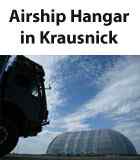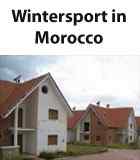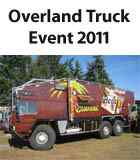History of Beja Airport - Portugal
Beja Airport has a history that starts back in the 1960's. It's known as Beja Airbase BA11 - a big project of the German Air Force in Portugal. The airbase is located in the middle of the Alentejo province just above the Algarve region. Here's an overview of Beja Airport history in turbulent cold war times.
Beja Airbase BA11 – an ambitious German Air Force project
The Beja Airbase project was started in 1960 with an estimated initial budget of 30 million DM (Deutsch Mark). It would serve as training grounds for fighter jet pilots on Starfighter F-104 and Fiat G-91’s. The plan envisioned maintenance facilities for fighter jets and big carriers like the Transall C-160 and the Nord Noratlas. These airplanes have set the current runway length at 3,5 Km.
Soon the German airbase turned out to be quite an ambitious project. When completed – it was set to employ 1500 army personnel and about 3500 family members in a secured nearby compound with school and hospital. The project was scheduled to be completed in 1968.
Javascript is required to view this map. |
|
| Beja Airbase N11 - The new civil airport is at the south end of the runway |
|
Beja Airbase BA11 – political backgrounds
Already in 1960 the German army was looking for depots on Iberian grounds for supplies in a secret mission ordered by defense minister Franz-Josef Strauss. However the mission was discovered and caused quite a stir in NATO circles. Although Spain was a member of the UN at that time it was not part of NATO. Soon after this international incident, an agreement was reached with NATO partner Portugal to establish the Beja military airbase.
The new southern location was destined for navigation training and low altitude flights in the arid Alentejo province. A strategic location because Portugal was outside the range on soviet mid-range missiles.
Beja Airbase BA11 – The worries
The main worry at that time was Spain disallowing NATO military airplanes in Spanish airspace. This was already the case for NATO airplanes with destination Gibraltar. In the same time frame, France warned it could step out of NATO when the US and the Soviet Union started a war. With Spain and France as no-fly zone for NATO could make the 1900 Km overland journey to Beja about 400 Km longer – taking the north Atlantic sea route.
Beja was already out of reach for the Fiat G-91 fighter jet – it needed refueling after 1300 Km. If France would close airspace for NATO, the Noratlas carrier would not able to reach Beja. Only the Starfighter F-104 and Transall C-160 would be able the journey to Beja over the north Atlantic. This reduced the importance of Beja Airbase project from start.
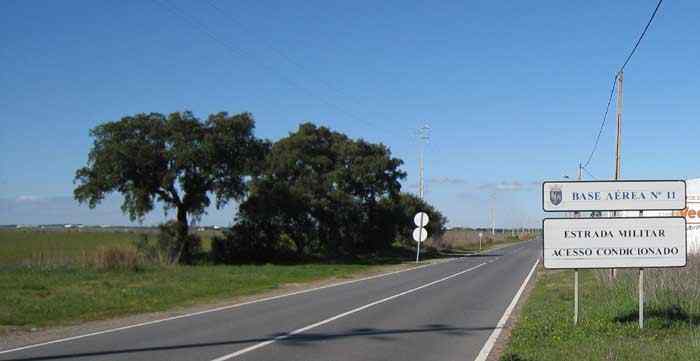 |
|
| The entrance road to Beja Airbase Number 11 near Beja in the Alentejo Province. |
|
Beja Airbase – The 1968 budget crisis
In 1968, after 5 years of construction, the Beja Airbase project had already taken more than 140 Million DM. This while in 1963 the project already raised doubts when an airspace treaty with Spain was not secured.
At the same time money got tight and construction budget was reduced. But the project already had made considerable progress which made it difficult to abandon or destroy nearly finished buildings.
For Beja the construction project brought cash, know-how and work. About 2000 Portuguese construction workers were employed at the airbase.
In April 1968 the German government ordered most of the airbase equipment and personnel back to Germany. The expensive airbase infrastructure became a parking space for cars, trucks and remaining equipment.
Beja Airbase - 1969 - 1970 Civil use of the Airbase
For the first time in the Airbase project, civil use of Airbase facilities came into the picture. Like civil aircraft maintenance, Lufthansa personnel training, airplanes construction and production of cars for the local market.
After months of negotiations between the Portuguese and German governments a deal was reached in 1969 with Lufthansa and TAP - Portugal's leading airline - for the utilization of the Airbase infrastructure.
Lufthansa won the rights for advanced training of crew for B-707 B-727 and B-737's. The deal included up-to 150 landings per day and up-to 150 stationary personnel for an experimental period of 15 months.
TAP initially used the Airbase for instruction and training on B-707, B-727 and the Caravelle, from Lisbon airport. Later TAP expanded training operations to the Beja Airbase.
In November 1970 the Dutch airline KLM secured the rights for training of its pilots on DC-8 DC-9 airplanes.
Beja Airbase – 1971 - and 150 Million DM further
In 1971 Beja Airbase was again in the spotlight – spending had reached 150 million DM and a secret government report criticized at least 70 million DM. It caused a finance scandal.
Already reduced project funding in 1966 and the return of a considerable part of airbase equipment and personnel in 1968 further diminished the likelihood Beja Airbase would ever be an important southern Airbase for Germany.
Still Beja Airbase was used to exercise about 4000 hours of low altitude fighter jet training. An activity that gained more and more opposition on German soil.
Beja Airbase – 1990 - Start of the handover
In July 1990 the Beja Airbase contract between Germany and Portugal ended. The Airbase is now run by the Portuguese Air force.
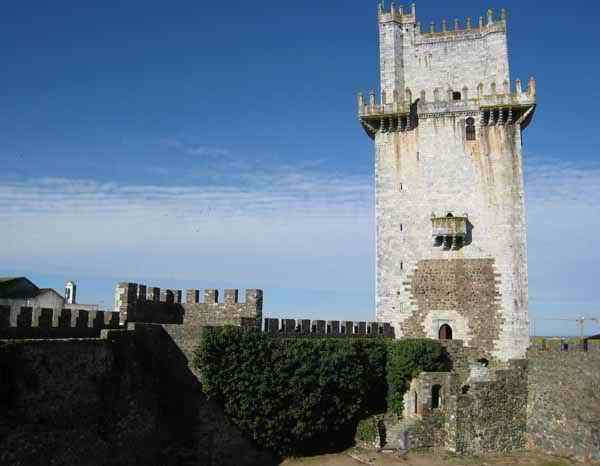 |
| The Castle in Beja overlooking the golden plain of the Alentejo province -Portugal |
Also interesting: Beja Airport news and the Beja visitor directory.
Source: Newspaper articles from 1960 and onwards
